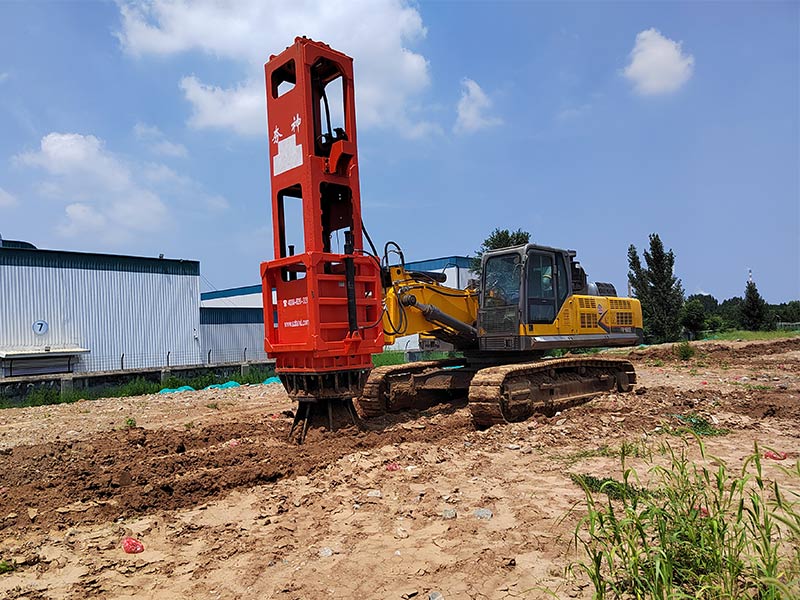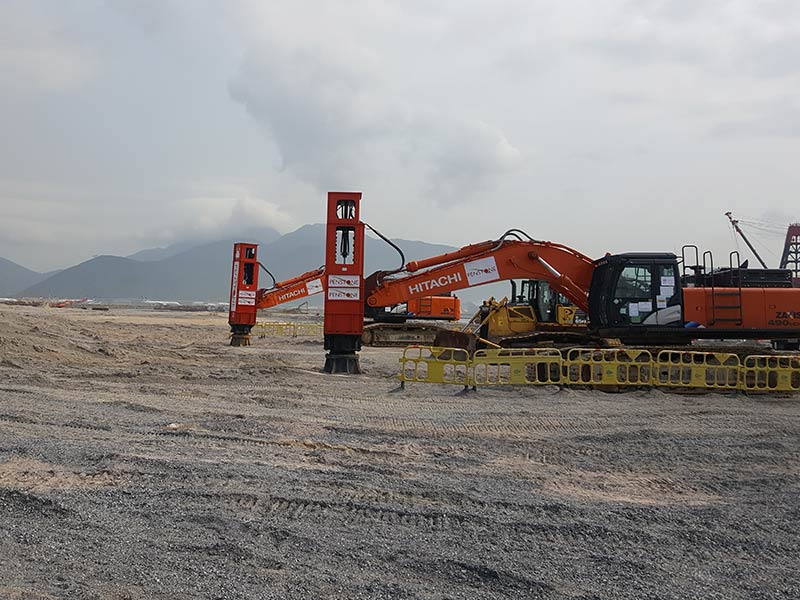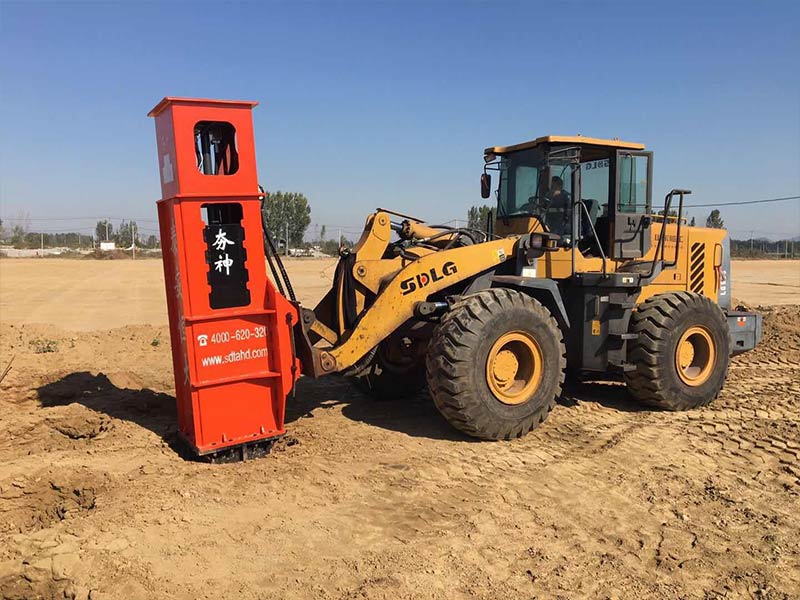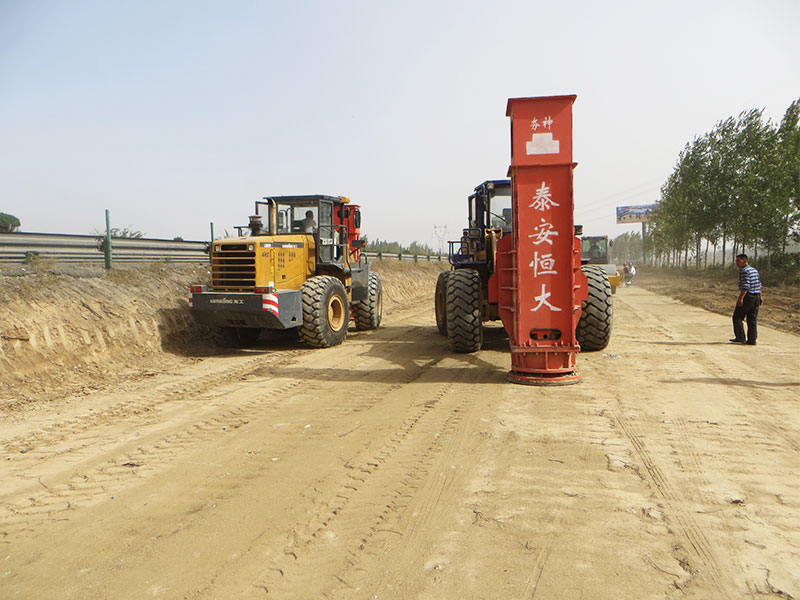Does core aeration help with compaction?
updatetime:2023-02-15 15:40:54 pageviews:357views
Aerating can help relieve soil compaction, and spring is an excellent time to do it. A core aerator takes out plugs of soil and leaves holes to loosen the soil and get air to roots. It reduces compaction from regular mowing and traffic such as lawn games. It opens up space to allow air to get to the roots.

RIC is an acronym that stands for Rapid Impact Compaction. It involves a machine, an excavator, a 50 tonne excavator, that has a purpose-built attachment that undertakes what is called Rapid Impact Compaction. Its purpose is to, basically compact loose materials in the ground underneath where we are trying to build the road.

The rapid impact compactor as a means of quickly repairing damage runways. It works by imparting dynamic energy through a falling 'drop-weight, which is dropped from a controlled height onto a patented foot.
With heights of 9 to 12 tones applied to the foot , the 'drop-weights' falls from relatively short height of only 1.2 meters at a rate of 40 to 60 times a minute.
Effective compaction depths vary with the nature of hte soil compacted, but depth of up to 8m have been reached with a 9t rig.
This results in The Rapid Impact Compactor transferring energy to the ground in a significantly more effective manner as the 'foot' stays in contact with the surface, never actually leaving the ground. It is because of this impacting sequence that we can ensure that the transfer of energy into the ground is carried out in the most efficient way possible.

The selection of the compaction method (DC or RIC) and plant type for a particular project, will depend on ground and groundwater conditions, and requirements for design and execution. Each system has merits and limitations. It is important that these are understood and considered in the design and application of DC/RIC on a particular site and in the context of the prevailing ground conditions. Indeed, it may be necessary for more than one technique to be employed at a particular site to gain maximum benefit.

Preliminary trials are an important pre-requisite to any extensive RIC works. Furthermore, as the main RIC works are proceeding, ongoing monitoring and testing is necessary to ensure that the appropriate amount of energy is being applied to the soil profile and that performance requirements are being met. The compaction trial, in particular, is important for the evaluation of ground response. The optimal number of blows per pass is typically taken as the value beyond which continued blows produce negligible further penetration of the compaction foot.

